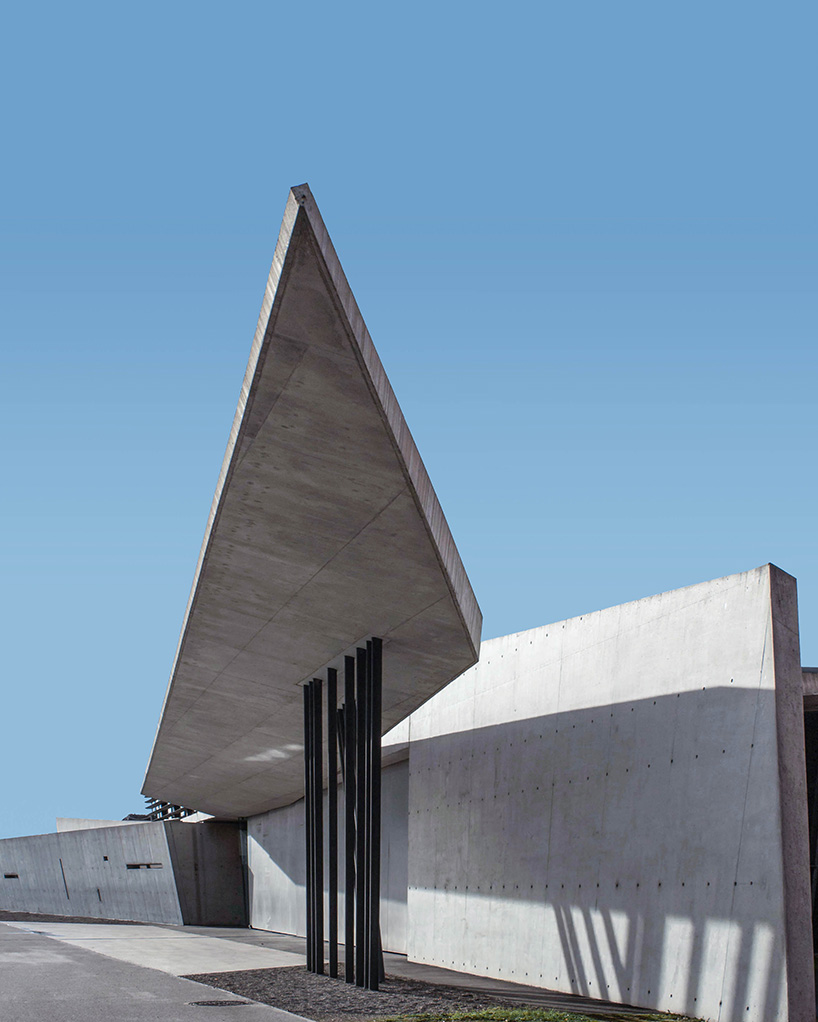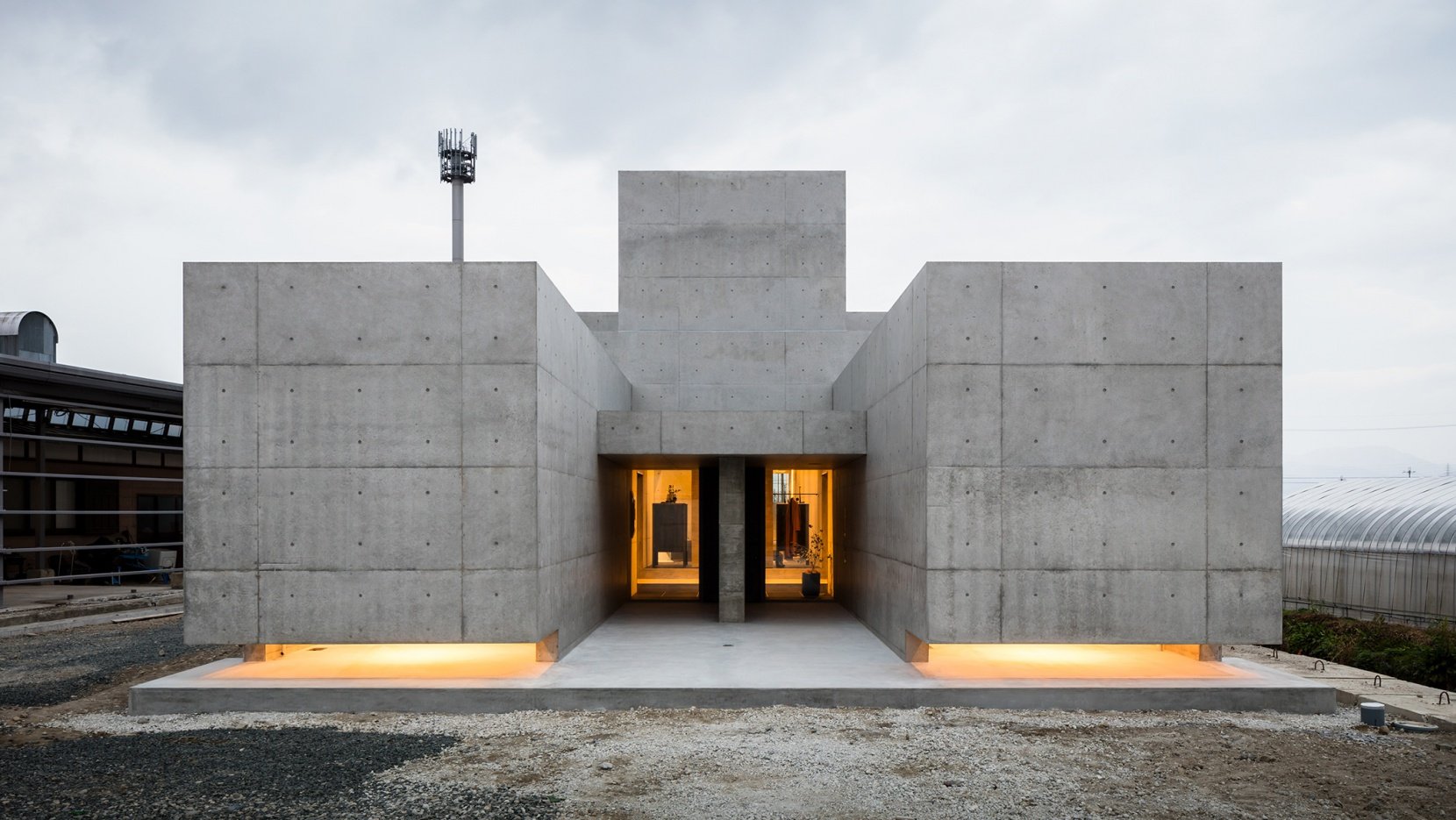Understanding Concrete & Environmental Impact
Cement is one of the most used materials in construction. This is not only limited to large skyscrapers but also for residences, walls, skate parks, and other objects we see everyday of our lives in cities and in towns.

Why are we talking about cement? Cement is used in concrete but the two are sometimes confused as being the same.

Concrete is a mixture made from several different materials and one of those materials is cement. Cement is created using quarried limestone combined with silica, such as slag or fly ash. Everything is grinded together to a fine powder, with other additives, and the fine powder becomes cement.
It is later mixed with water to form a cement paste. The cement paste is then mixed with sand. The combination of cement and sand creates a plaster like substance. This plaster is then mixed with larger mortar such as stones measuring approximately an inch or less. Now, we have concrete.

The reason concrete is used often in structures is because of its solidity, durability and porosity. Materials that are extremely hydrated, such as the materials found in making cob houses, are pliable and easy to mold. During the process of cement mixing with water, materials dissolve into calcium. Then, the calcium recombines with water and silica to form calcium silica hydrates. This combination gives the structures remarkable strength.
The only problem with cement is that when being fired in a kiln during the emulsification process, it produces high levels of carbon monoxide. This is due to the calcium carbonate found in the cement. High temperatures in the kilns also requires large amounts of fossil fuels. The production of cement actually attributes to 8% of the world’s global emissions, which is relatively high, considering other materials that can be used to build structures.

Cement companies are looking for alternatives to reduce the amount of emissions created by the kiln process. They are also finding other alternatives to waste production while exploring different materials and techniques to lessen the environmental impact from the production of cement to concrete.